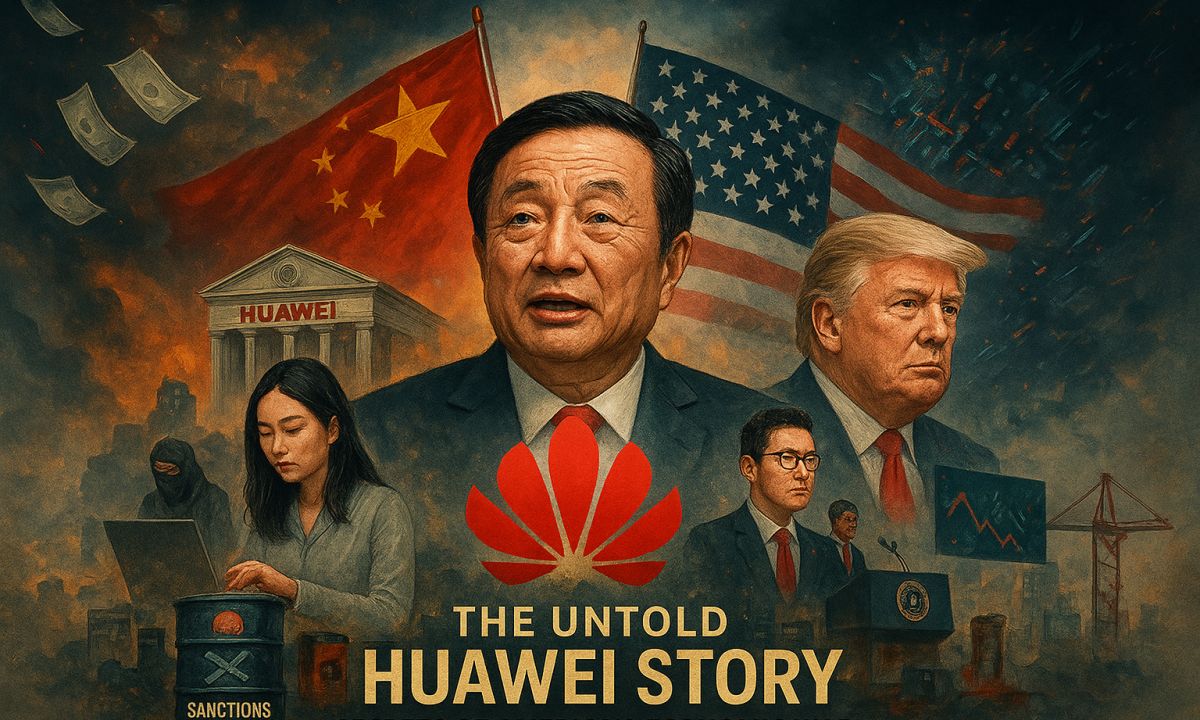
The Most Powerful State’s War on a Private Company: Huawei, the Wounded Giant, and Its Secret ‘DELETE AMERICA’ Comeback
From Toshiba to Huawei: America’s Long War on Superior Competitors
The United States has long portrayed itself as a champion of free markets and fair competition—but only when it held the upper hand. That era is over. Oligarchs like Peter Thiel, a key figure of the U.S. security establishment and founder of Palantir—the world’s most comprehensive taxpayer-funded surveillance and profiling company, developed with the CIA—openly argue that competition is “bad for business.” Thiel contrasts competition with monopoly, which he, astonishingly, describes as the true driver of innovation and profit.
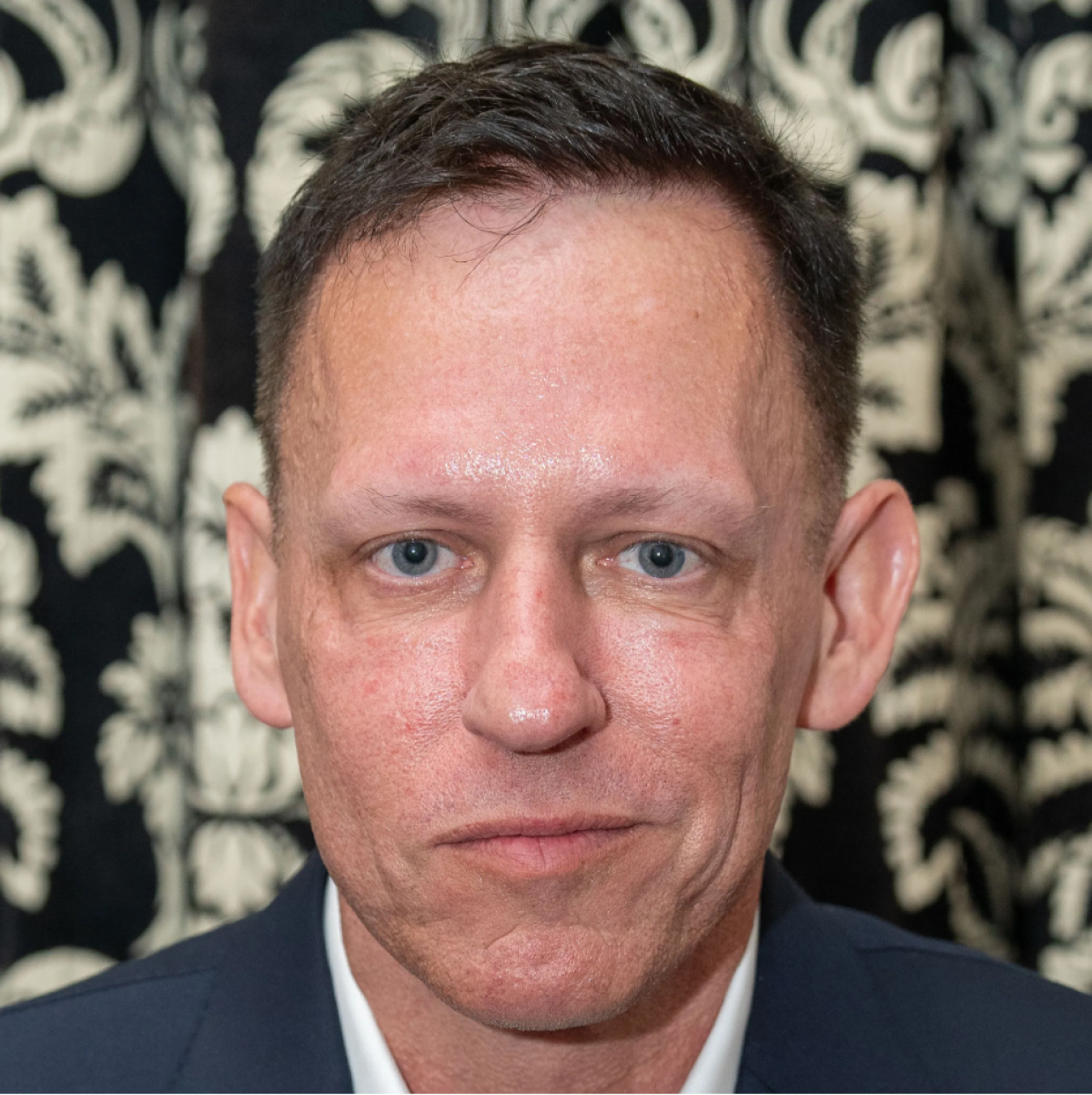
In reality, Washington’s “commitment” to free markets was always lip service. The U.S. has consistently tried to crush superior competitors of its major corporations. Economic warfare is nothing new.
Take Toshiba: according to an August 1992 Los Angeles Times article, it was Japan’s leading chipmaker in the 1980s, commanding about 80% of the global market for dynamic random access memory (DRAM) in 1987. Like Huawei today, Toshiba became a U.S. target under the banner of “national security.” After Toshiba and a Norwegian firm sold advanced milling machines to the Soviet Union in 1986—just as other European companies did—Washington pounced. It imposed a sweeping two- to five-year ban on all Toshiba products, claiming a threat to U.S. security. This blow cleared the way for American chipmakers, while other foreign companies that sold similar equipment to the USSR escaped unscathed.
Or consider Alstom, once hailed as the “jewel of French industry.” A world leader in energy and transport technology, it competed head-on with U.S. giant General Electric in the early 2010s. Then came Washington’s move: in 2013, Alstom executive Frédéric Pierucci—author of The American Trap—was arrested at a New York airport on disputed bribery charges linked to a contract in Indonesia. Pierucci recalled being offered a draconian choice: plead guilty and walk free within months, or risk 125 years in prison. Several Alstom executives were also detained, and U.S. courts imposed a $772 million fine. Facing this form of coercion and relentless legal pressure, Alstom was compelled in 2014 to sell its core energy and grid divisions to GE, effectively dismantling a major European competitor.

The pattern repeats elsewhere. Under massive U.S. pressure, Switzerland was forced to abolish banking secrecy and its anonymous numbered accounts, long a cornerstone of its financial industry. Meanwhile, U.S. states quietly maintained their own system of anonymous shell companies, turning America into the world’s largest haven for money laundering and tax evasion. It became the preferred refuge for Latin American drug cartels to stash their ill-gotten gains safely.
Offshore financial centers in Panama, Singapore, and the Caribbean were rocked by leaks and scandals—but never U.S. institutions. That was no accident: the NSA and other U.S. spy agencies target foreign banks, not American ones.
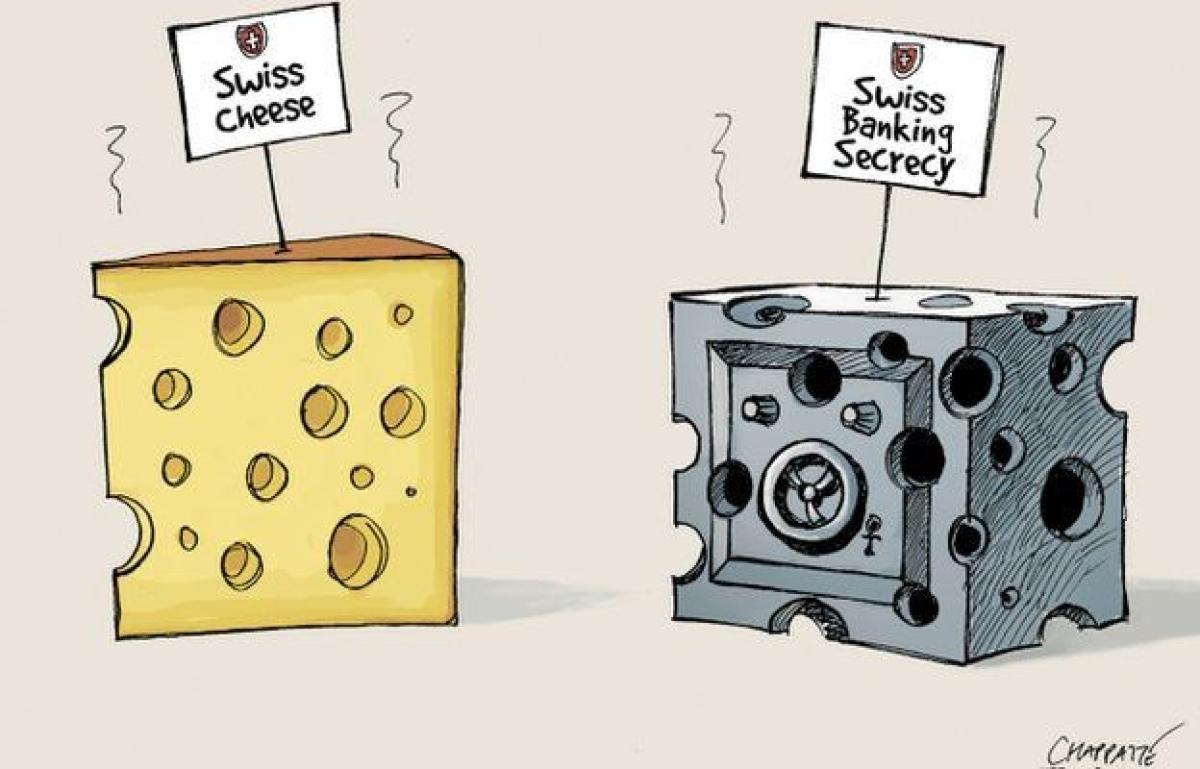
Whether Toshiba, Alstom, or Swiss banking, the story is the same: Washington weaponizes “law,” “security”, and “ethics” to eliminate rivals, then adopts the very practices it condemns abroad.
But Huawei—and by extension, China—is a different kind of target. Unlike Japan, France or Switzerland, China cannot be easily coerced into submission. On the contrary, the U.S. campaign against Huawei is far more likely to backfire, turning into a decisive defeat for the Western aggressors—as the rest of this article will show.
The Economic Battlefield: How the U.S. Took Aim at Huawei
Before August 29, 2023, the world had witnessed an almost cinematic struggle: the United States, the planet’s most powerful nation, waging an economic war against a single private company. Huawei, a rising global telecom titan, faced devastating sanctions, crippling supply-chain blockades, relentless legal battles, and the high-profile arrest of CFO Meng Wanzhou in Canada on largely baseless accusations. Countries worldwide were pressured to ban Huawei from 5G networks, and the company was officially labeled a “national security threat.” To outsiders, Huawei seemed on its last legs.
Then came August 29, 2023. Quietly, without fanfare, Huawei listed the Mate 60 Pro on its website. At first, tech experts were puzzled, then shocked, finally incredulous. Inside this sleek smartphone was the Kirin 9000S—a 7-nanometer System-on-a-Chip with full 5G capability. To outsiders, it was just a chip. To those following the U.S.-China tech rivalry, it was a declaration: Huawei had not only survived—they had struck back. The Mate 60 Pro sold over 14 million units in China, blending technological triumph with patriotic pride.
Rising from the Ashes: Huawei’s Journey to National Champion
The economic war against Huawei and other Chinese companies has fueled a wave of patriotic consumption across China. Many consumers are turning away from Western products in favor of domestic brands, supporting local innovation, boosting homegrown industries, and reinforcing China’s drive for technological self-reliance.
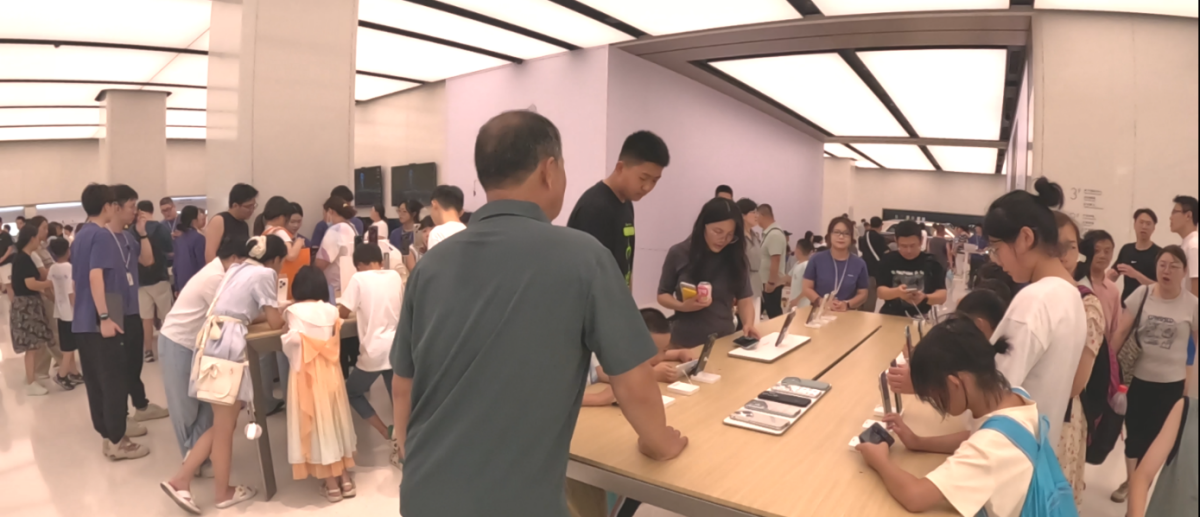
The Relentless Engineer: From Poverty to Huawei’s Pinnacle
Ren Zhengfei, Huawei’s founder, was no ordinary CEO. Born in 1944 in rural Guizhou, he endured the Cultural Revolution, his father’s imprisonment, and significant early adversity. His philosophy of chī kǔ—“eating bitterness”—became Huawei’s guiding principle.
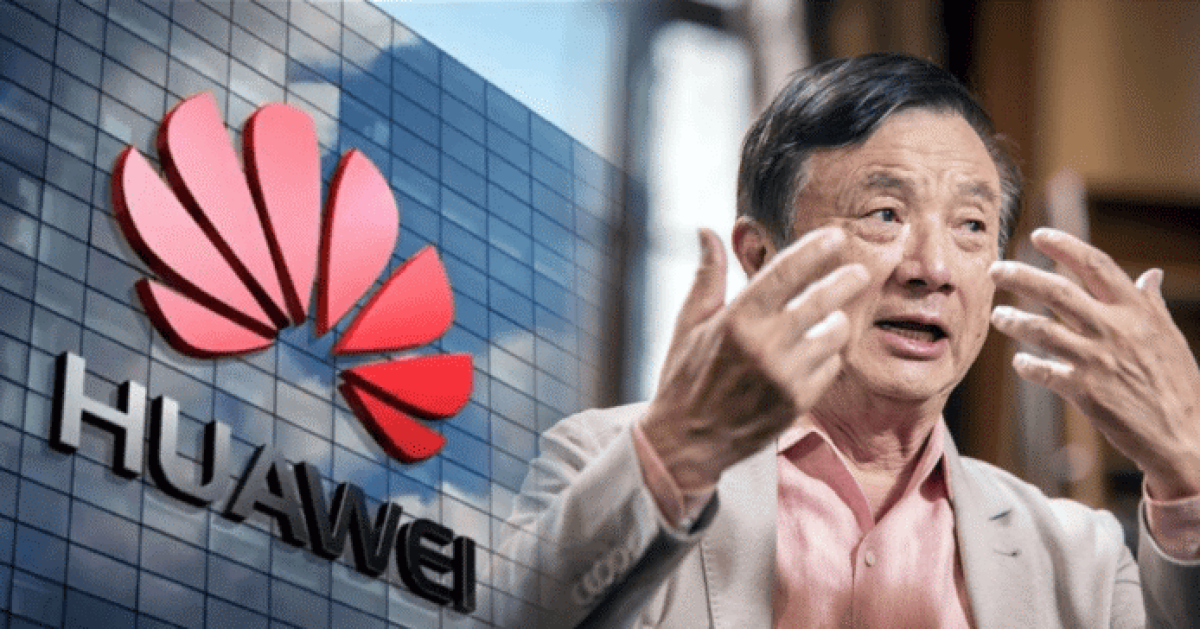
After years in the PLA Engineering Corps, Ren moved to Shenzhen in 1987, founding Huawei with just 21,000 yuan (~$5,000). Initially a reseller of PBX switches, Huawei quickly embraced reverse-engineering and self-reliance. By 1993, its first homegrown digital switch proved that survival demanded technological independence.
From Wolf Culture to Global Domination
Ren’s military-inspired “wolf culture” fueled Huawei’s global rise. Rather than confronting Western giants directly, the company conquered underserved markets in Africa, Latin America, and Russia with aggressive pricing, flexible financing, and exceptional service. By the mid-2000s, Huawei had partnered with 31 of the world’s top 50 telecom operators. The company then expanded into consumer electronics, launching the Ascend, Mate, and P series, along with its in-house Kirin chips. By 2018, Huawei had overtaken Apple in China and was challenging Samsung globally—triggering intense U.S. scrutiny and sanctions.
On a metro train, Chinese kids and mothers can be seen wearing smartwatches—a sign of how quickly Huawei has caught up, overtaking Apple as the market leader. Beyond smartwatches, Huawei also holds an edge with smart glasses, while Apple has yet to release any.

Project Delete America: The Path to Survival
With international smartphone sales crippled, Huawei enacted an audacious strategy internally dubbed “Project Delete America”—systematically removing U.S. technology from its ecosystem. HarmonyOS replaced Android, Huawei Mobile Services replaced Google apps, and domestic chip production accelerated. The Mate 60 Pro and Kirin 9000S became the ultimate symbols of this comeback—a technological middle finger to the U.S. blockade.
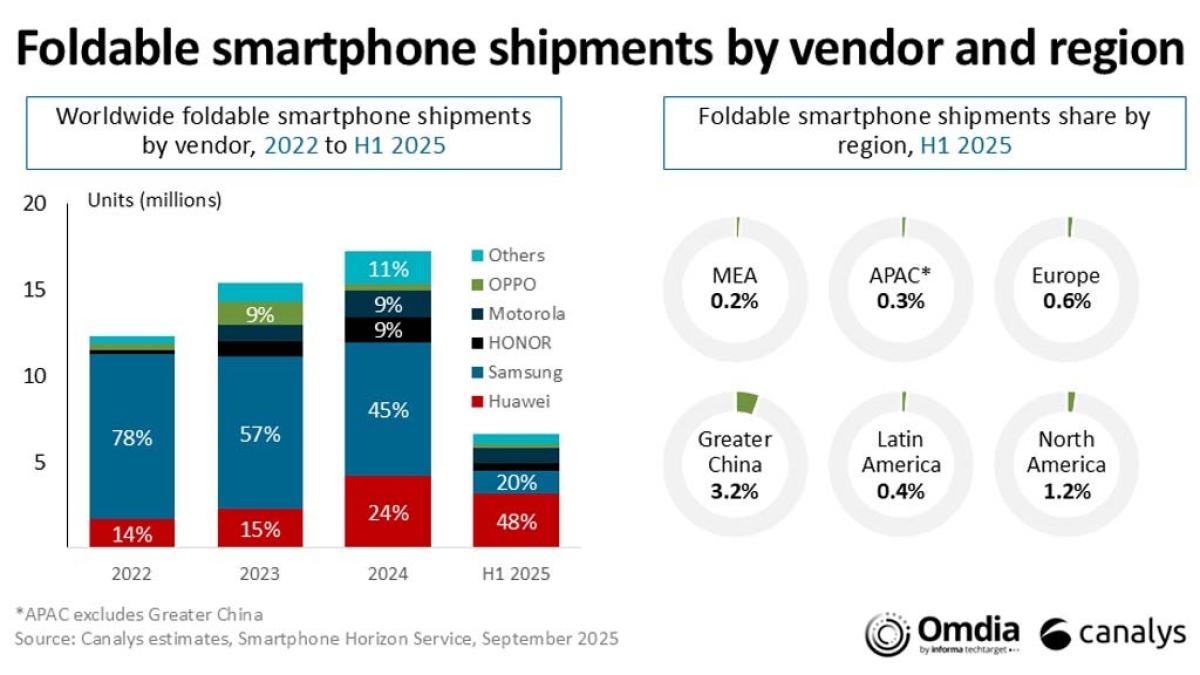
Beyond Smartphones
Huawei’s ambitions extend far beyond phones. Its cloud services rival global leaders, AI chips and large-language models drive next-generation innovation, and Intelligent Automotive Solutions power smart vehicles for companies like SERES and Chery. Its IoT and industrial automation solutions modernize ports and critical infrastructure. Huawei is more than a smartphone company—it is a diversified technology powerhouse, transforming entire industries and turning Western coercion into a catalyst for innovation.
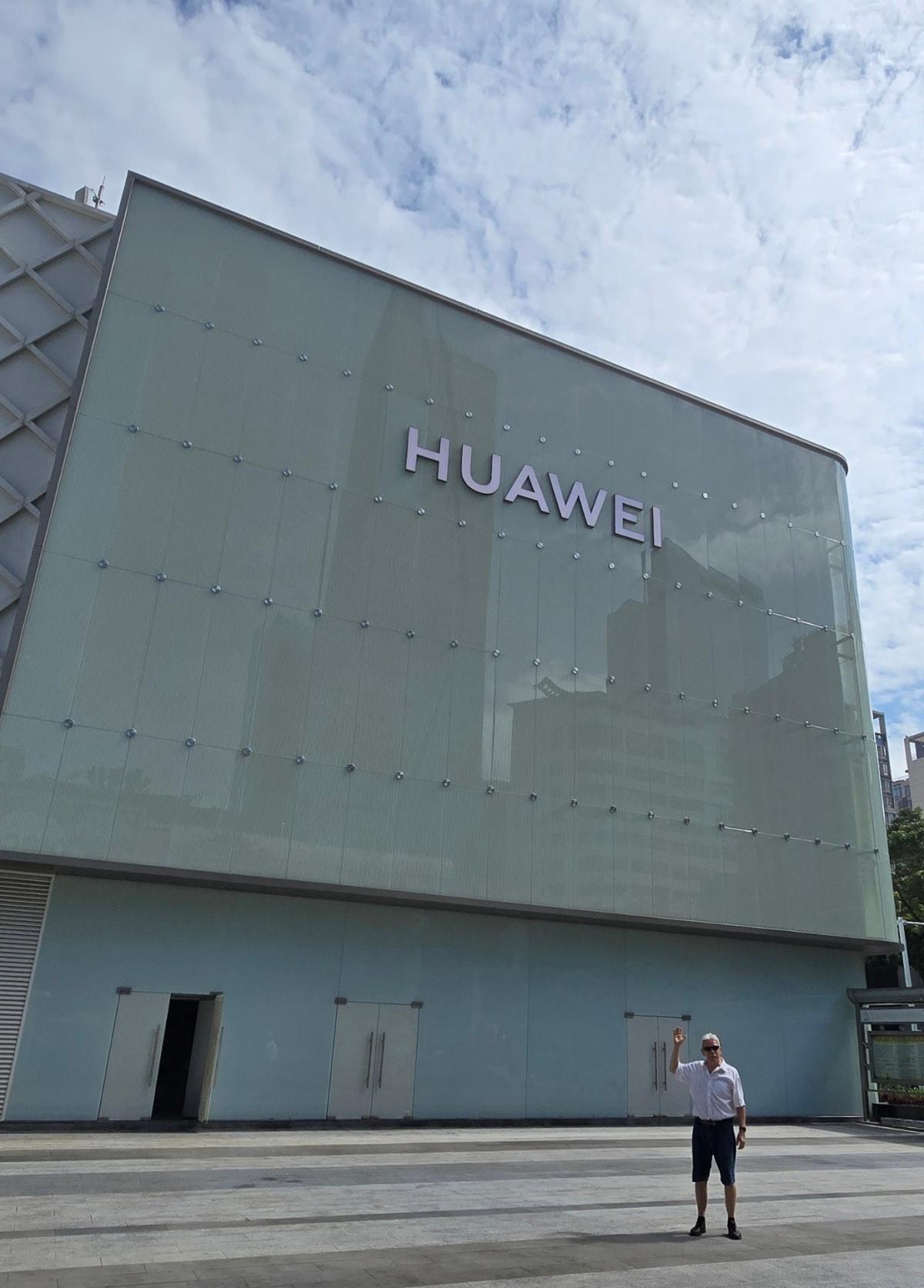
At its stores, Huawei now showcases smartphones, wearables, and new cars packed with smart technologies—from advanced infotainment and connectivity features to autonomous driving solutions—highlighting its expansion beyond consumer electronics into automotive.
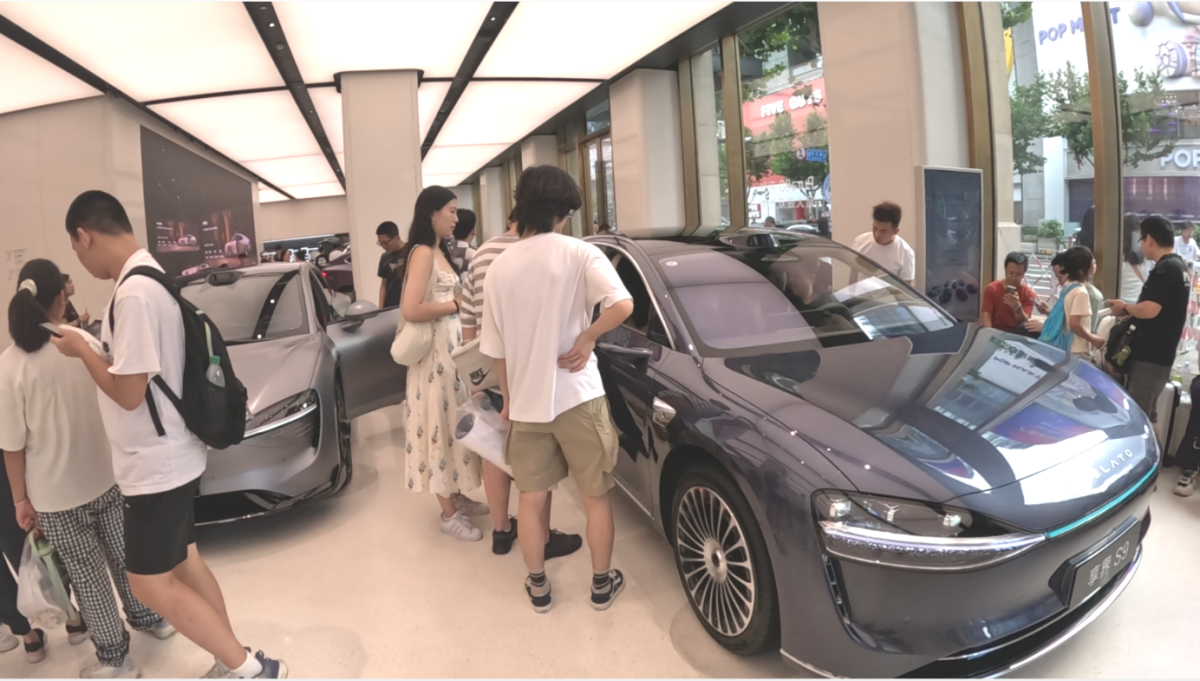
Huawei also offers a comprehensive suite of cloud services—including AI computing, data storage, cybersecurity, and enterprise solutions—supported by a full-stack ecosystem spanning telecom infrastructure, custom chips, edge-to-cloud platforms, and AI innovation.
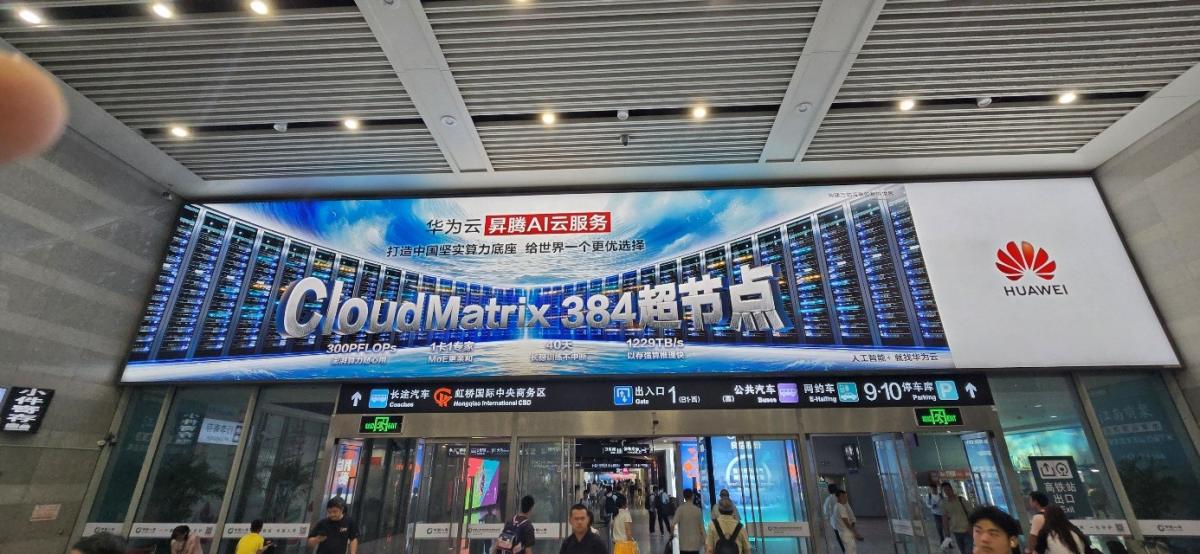
The Cost of Comeback
Revival came at a price. In 2024, revenue hit $120 billion, but net profit fell 28%. R&D consumed over 20% of revenue, and 67% of operations were concentrated in China, leaving the company exposed to domestic fluctuations. Technological gaps remain—SMIC’s 7nm chips lag behind TSMC’s 3nm and 2nm processes—but Huawei’s engineers, innovation, and sheer willpower suggest more surprises are ahead.
Behind the trees but not behind its competitors, Huawei’s R&D center in Shenzhen is a key innovation hub, home to thousands of engineers and scientists working on 5G, AI, semiconductors, and cloud technologies. Despite—or perhaps because of—global sanctions and supply chain blockades, Huawei continues to invest heavily in R&D—over $20 billion annually—enabling it to remain competitive with, and in several areas already surpass, Western tech giants.
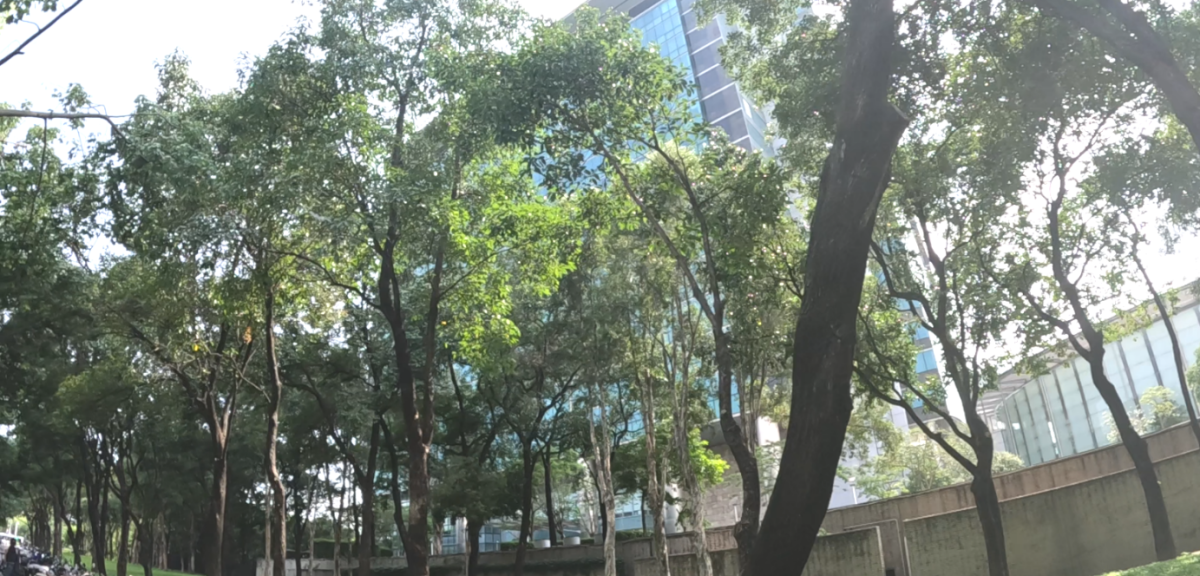
Geopolitical and reputational hurdles persist. European investigations, including the 2025 Brussels probe, and Huawei’s exclusion from industry associations highlight ongoing Western pushback. Yet Huawei has reclaimed the Chinese market and is steadily advancing in the markets of the future—where the global majority resides, rather than in the declining West.
Huawei’s Defiance: Innovation, Sovereignty, and the Fall of Western Dominance
Huawei’s rise is nothing short of legendary: a private company under relentless attack from the world’s most powerful state, yet defying expectations with bold, audacious innovation. The Mate 60 Pro and Kirin 9000S are more than gadgets—they are statements of resilience, ingenuity, and unyielding defiance. And its breakthroughs across multiple technologies only reinforce Huawei’s position as a global force to be reckoned with.
The message is clear: China will no longer endure bullying or humiliation. It is asserting its technological might and sovereignty, warning the West that underestimation comes at a cost.
The stakes extend far beyond Huawei. China’s vast, affluent, and rapidly growing middle class—the largest in the world—stands in stark contrast to the shrinking, indebted middle class of the U.S. This demographic and economic reality positions Chinese companies—and firms across the Global South—to shape the next era of global markets, even as Western corporations face stagnation and decline. Huawei’s journey serves as a clarion call: the balance of technological and economic power is shifting, Western dominance is faltering, and the very policies designed to contain China have only accelerated their own decline.
«The Most Powerful State’s War on a Private Company: Huawei, the Wounded Giant, and Its Secret ‘DELETE AMERICA’ Comeback»